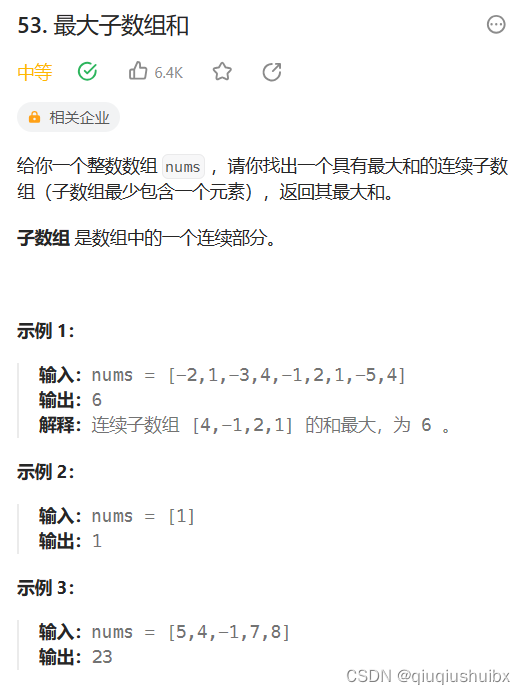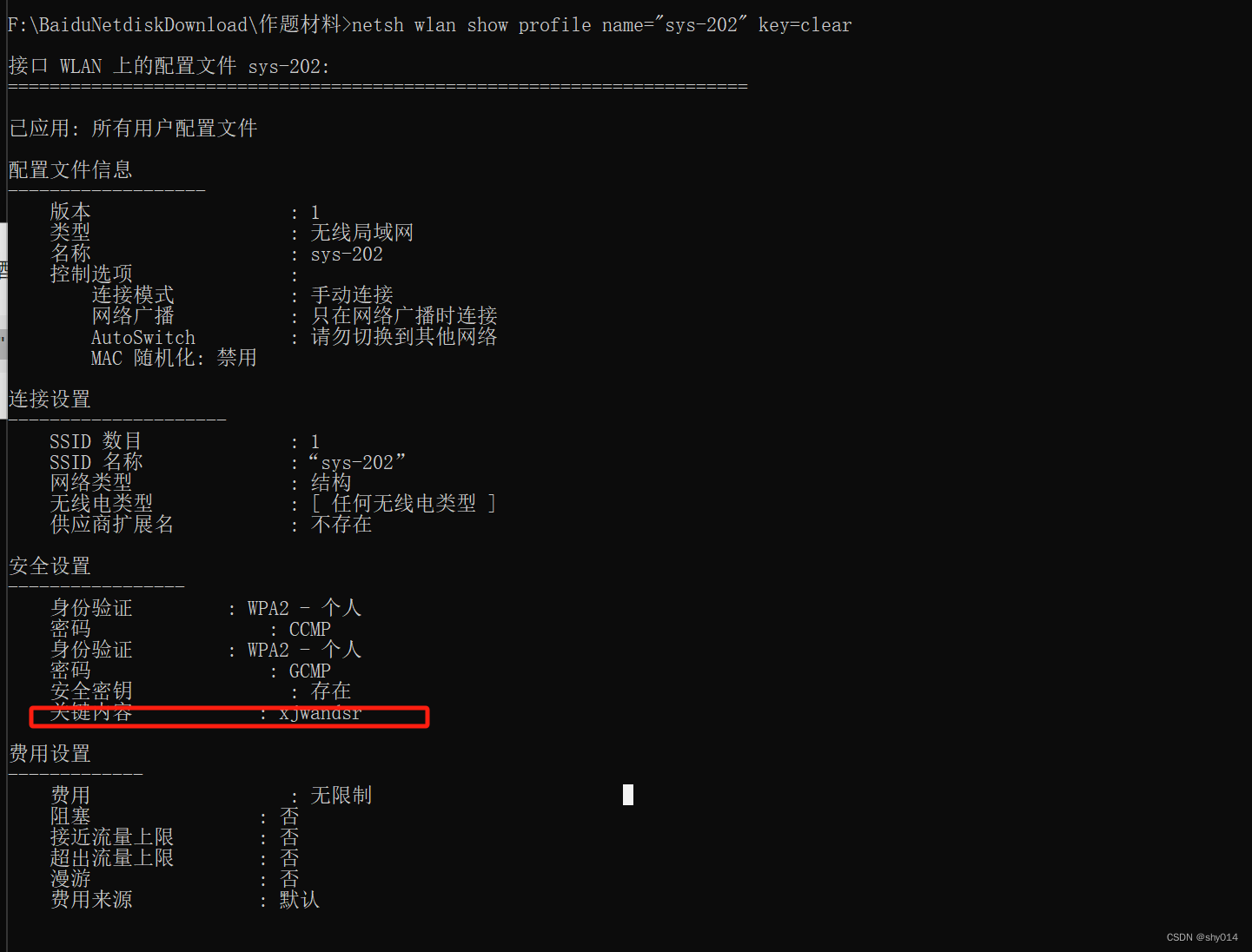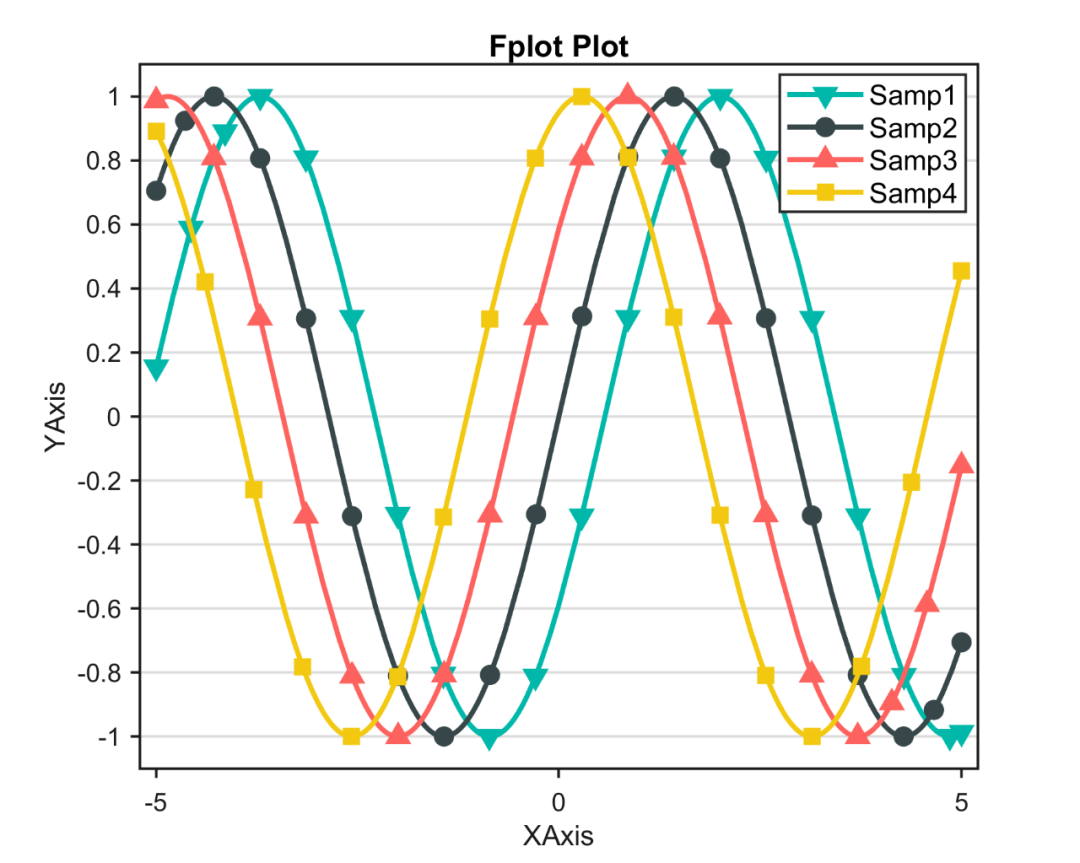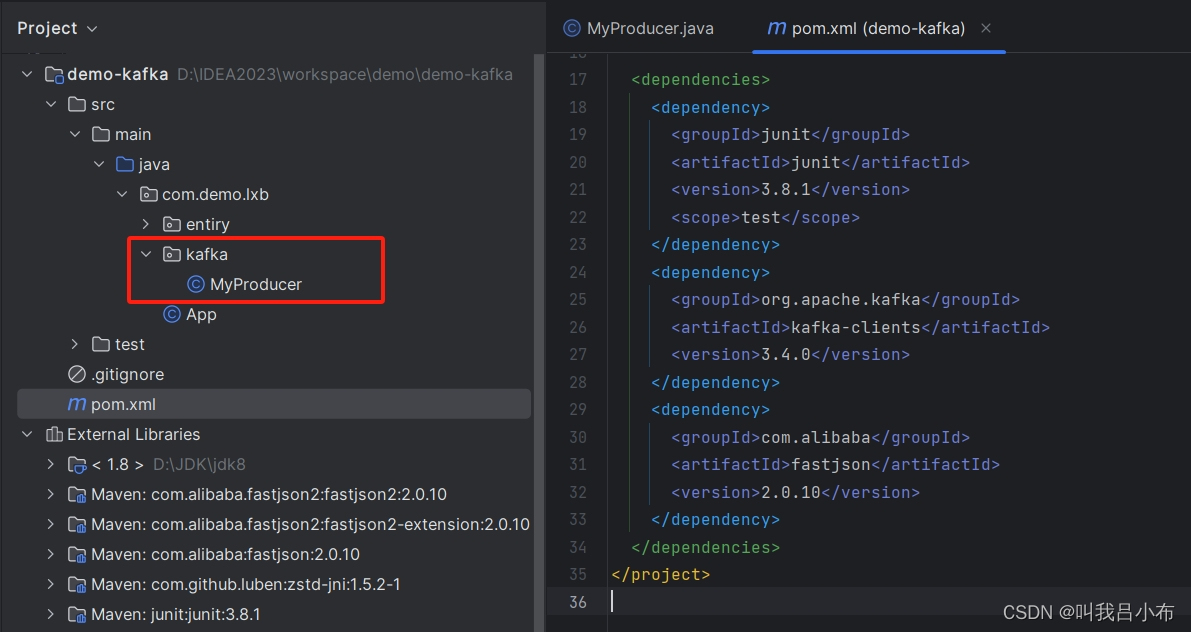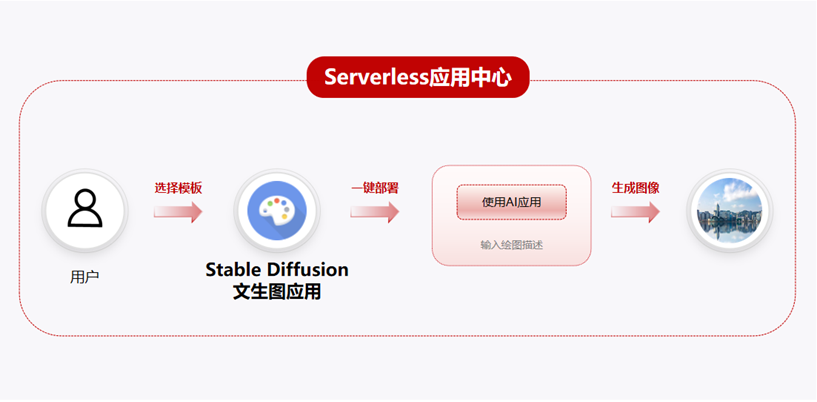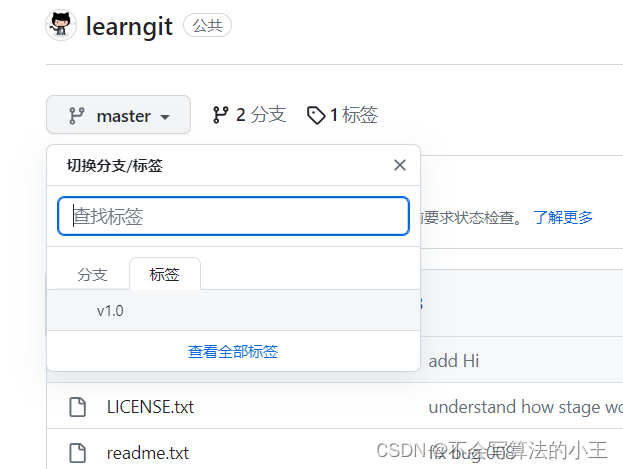文章目录
- 专栏导读
- 1. json 认识
- 1.1 JSON 数据结构的特点
- 2. jsoncpp库认识
- 3. json实现序列化案例
- 4. json实现反序列化案例
- 5. bundle文件压缩库认识
- 6. bundle库实现文件压缩案例
- 7.bundle库实现文件解压缩案例
- 8.httplib库认识
- 9. httplib库搭建简单服务器案例
- 10. httplib库搭建简单客户端案例
专栏导读
🌸作者简介:花想云 ,在读本科生一枚,C/C++领域新星创作者,新星计划导师,阿里云专家博主,CSDN内容合伙人…致力于 C/C++、Linux 学习。
🌸专栏简介:本文收录于 C++项目——云备份
🌸相关专栏推荐:C语言初阶系列、C语言进阶系列 、C++系列、数据结构与算法、Linux
🌸项目Gitee链接:https://gitee.com/li-yuanjiu/cloud-backup

1. json 认识
JSON(JavaScript Object Notation)是一种轻量级的数据交换格式,用于在不同应用程序之间传递和存储数据。它的设计目标是易于阅读和编写,同时也易于解析和生成。JSON采用文本格式,通常以.json文件扩展名存储,以及一种键-值对的结构,其中数据以一种易于理解的方式表示,适合机器和人类阅读。
1.1 JSON 数据结构的特点
键-值对:JSON 数据由键-值对组成,键和值之间使用冒号分隔,键-值对之间使用逗号分隔。键通常是字符串,值可以是字符串、数字、布尔值、数组、对象、null等。
{
"name": "小明",
"age": 30,
"isStudent": true
}
对象:对象是一种包含键-值对的数据结构,用大括号{}表示。对象的键是唯一的。
{
"person": {
"name": "Alice",
"age": 25
}
}
数组:数组是一种有序的值的集合,用方括号[]表示。数组可以包含各种数据类型,包括对象和其他数组。
{
"fruits": ["apple", "banana", "orange"]
}
字符串:字符串是以双引号""括起来的文本。字符串可以包含任何字符,包括特殊字符和转义序列。
{
"message": "Hello, World!"
}
数字:数字可以是整数或浮点数,不需要引号包围。
{
"price": 19.99
}
布尔值:表示真或假的值,可以是true或false。
{
"isSunny": true
}
null:表示空值或缺失值。
{
"data": null
}
2. jsoncpp库认识
jsoncpp 库用于实现 json 格式的序列化和反序列化,完成将多个数据对象组织成为 json 格式字符串,以及将 json 格式字符串解析得到多个数据对象的功能。
这其中主要借助三个类以及其对应的少量成员函数完成:
json数据对象类
//Json数据对象类
class Json::Value{
Value &operator=(const Value &other); //Value重载了[]和=,因此所有的赋值和获取数据都可以通过
Value& operator[](const std::string& key);//简单的方式完成 val["姓名"] = "小明";
Value& operator[](const char* key);
Value removeMember(const char* key);//移除元素
const Value& operator[](ArrayIndex index) const; //val["成绩"][0]
Value& append(const Value& value);//添加数组元素val["成绩"].append(88);
ArrayIndex size() const;//获取数组元素个数 val["成绩"].size();
std::string asString() const;//转string string name = val["name"].asString();
const char* asCString() const;//转char* char *name = val["name"].asCString();
Int asInt() const;//转int int age = val["age"].asInt();
float asFloat() const;//转float
bool asBool() const;//转 bool
};
json序列化类
//json序列化类,低版本用这个更简单
class JSON_API Writer {
virtual std::string write(const Value& root) = 0;
}
class JSON_API FastWriter : public Writer {
virtual std::string write(const Value& root);
}
class JSON_API StyledWriter : public Writer {
virtual std::string write(const Value& root);
}
//json序列化类,高版本推荐,如果用低版本的接口可能会有警告
class JSON_API StreamWriter {
virtual int write(Value const& root, std::ostream* sout) = 0;
}
class JSON_API StreamWriterBuilder : public StreamWriter::Factory {
virtual StreamWriter* newStreamWriter() const;
}
json反序列化类
//json反序列化类,低版本用起来更简单
class JSON_API Reader {
bool parse(const std::string& document, Value& root, bool collectComments = true);
}
//json反序列化类,高版本更推荐
class JSON_API CharReader {
virtual bool parse(char const* beginDoc, char const* endDoc,
Value* root, std::string* errs) = 0;
}
class JSON_API CharReaderBuilder : public CharReader::Factory {
virtual CharReader* newCharReader() const;
}
3. json实现序列化案例
/*
json 序列化
*/
#include <iostream>
#include <sstream>
#include <memory>
#include <jsoncpp/json/json.h>
int main()
{
const char* name = "小明";
int age = 18;
float score[] = {77.5, 88, 93.6}; // 语数英成绩
Json::Value root; // 定义一个Value对象
root["name"] = name;
root["age"] = age;
root["成绩"].append(score[0]); // 在数组中插入数据用append函数
root["成绩"].append(score[1]);
root["成绩"].append(score[2]);
// std::cout << root << std::endl;
Json::StreamWriterBuilder swb;
std::unique_ptr<Json::StreamWriter> sw(swb.newStreamWriter());
std::stringstream ss;
sw->write(root, &ss);
std::cout << ss.str() << std::endl;
return 0;
}
$ g++ -o json_example json_example.cpp -ljsoncpp
$ ./json_example
运行结果

4. json实现反序列化案例
/*
json 反序列化
*/
#include <iostream>
#include <string>
#include <memory>
#include <jsoncpp/json/json.h>
int main()
{
std::string str = R"({"姓名":"小黑", "年龄":19, "成绩":[58.5, 44, 20]})";
Json::Value root;
Json::CharReaderBuilder crb;
std::unique_ptr<Json::CharReader> cr(crb.newCharReader());
std::string err;
bool ret = cr->parse(str.c_str(), str.c_str() + str.size(), &root, &err);
if(ret == false)
{
std::cout << "parse error: " << err << std::endl;
return -1;
}
std::cout << root["姓名"].asString() << std::endl;
std::cout << root["年龄"].asInt() << std::endl;
int sz = root["成绩"].size();
for(int i = 0; i < sz; i++)
{
std::cout << root["成绩"][i] << std::endl;
}
return 0;
}
$ g++ -o json_example2 json_example2.cpp -ljsoncpp
$ ./json_example2
运行结果

5. bundle文件压缩库认识
Bundle 是一个嵌入式压缩库,支持23种压缩算法和2种存档格式。使用的时候只需要加入两个文件 bundle.h 和 bundle.cpp 即可。
以下是常用接口:
namespace bundle
{
// low level API (raw pointers)
bool is_packed( *ptr, len );
bool is_unpacked( *ptr, len );
unsigned type_of( *ptr, len );
size_t len( *ptr, len );
size_t zlen( *ptr, len );
const void *zptr( *ptr, len );
bool pack( unsigned Q, *in, len, *out, &zlen );
bool unpack( unsigned Q, *in, len, *out, &zlen );
// medium level API, templates (in-place)
bool is_packed( T );
bool is_unpacked( T );
unsigned type_of( T );
size_t len( T );
size_t zlen( T );
const void *zptr( T );
bool unpack( T &, T );
bool pack( unsigned Q, T &, T );
// high level API, templates (copy)
T pack( unsigned Q, T );
T unpack( T );
}
6. bundle库实现文件压缩案例
#include <iostream>
#include <fstream>
#include <string>
#include "bundle.h"
int main(int argc, char* argv[])
{
std::cout << "argv[1] 是原始文件路径名称\n";
std::cout << "argv[2] 是压缩包名称\n";
if(argc < 3) return -1;
std::string ifilename = argv[1];
std::string ofilename = argv[2];
std::ifstream ifs;
ifs.open(ifilename, std::ios::binary); // 打开原始文件
ifs.seekg(0, std::ios::end); // 跳转读写位置到末尾
size_t fsize = ifs.tellg(); // 获取末尾偏移量--文件长度
ifs.seekg(0, std::ios::beg); // 跳转到文件起始
std::string body;
body.resize(fsize); // 调整body大小为文件大小
ifs.read(&body[0], fsize); // 读取文件所有数据到body
std::string packed = bundle::pack(bundle::LZIP, body); // 以lzip格式压缩文件数据
std::ofstream ofs;
ofs.open(ofilename, std::ios::binary); // 打开压缩包文件
ofs.write(&packed[0], packed.size()); // 将压缩后的数据写入压缩包文件
ifs.close();
ofs.close();
return 0;
}
$ g++ -o compress compress.cpp bundle.cpp -lpthread
$ ./compress bundle.cpp bundle.cpp.lz
运行结果

7.bundle库实现文件解压缩案例
#include <iostream>
#include <fstream>
#include <string>
#include "bundle.h"
int main(int argc, char* argv[])
{
if(argc < 3)
{
printf("argv[1]是压缩包名称\n");
printf("argv[2]是解压缩后的文件\n");
return -1;
}
std::string ifilename = argv[1]; // 压缩包名
std::string ofilename = argv[2]; // 解压缩后文件名
std::ifstream ifs;
ifs.open(ifilename, std::ios::binary); // 打开压缩文件
ifs.seekg(0, std::ios::end); // 跳转到读写位置到文件末尾
size_t fsize = ifs.tellg(); // 获取末尾偏移量--获取文件长度
ifs.seekg(0, std::ios::beg); // 返回到文件起始
std::string body;
body.resize(fsize); // 调整body大小为文件大小
ifs.read(&body[0], fsize); // 读取压缩文件所有内容到body
ifs.close();
std::string unpacked = bundle::unpack(body); // 进行解压缩,将解压缩后的数据保存到unpack中
std::ofstream ofs;
ofs.open(ofilename, std::ios::binary); // 打开文件
ofs.write(&unpacked[0], unpacked.size()); // 将解压缩后的数据写入文件
ofs.close();
return 0;
}
$ g++ -o uncompress uncompress.cpp bundle.cpp -lpthread
$ ./uncompress bundle.cpp.lz bundle.tmp
$ 计算两个文件的md5值,看是否完全相同
$ md5 bundle.cpp
$ md5sum bundle.tmp
运行结果

8.httplib库认识
httplib 库,一个 C++11 单文件头的跨平台 HTTP/HTTPS 库。安装起来非常容易。只需包含 httplib.h 在你的代码中即可。
httplib 库实际上是用于搭建一个简单的 http 服务器或者客户端的库,这种第三方网络库,可以让我们免去搭建服务器或客户端的时间,把更多的精力投入到具体的业务处理中,提高开发效率。
常用接口如下:
namespace httplib{
struct MultipartFormData {
std::string name;
std::string content;
std::string filename;
std::string content_type;
};
using MultipartFormDataItems = std::vector<MultipartFormData>;
struct Request {
std::string method;
std::string path;
Headers headers;
std::string body;
// for server
std::string version;
Params params;
MultipartFormDataMap files;
Ranges ranges;
bool has_header(const char *key) const;
std::string get_header_value(const char *key, size_t id = 0) const;
void set_header(const char *key, const char *val);
bool has_file(const char *key) const;
MultipartFormData get_file_value(const char *key) const;
};
struct Response {
std::string version;
int status = -1;
std::string reason;
Headers headers;
std::string body;
std::string location; // Redirect location
void set_header(const char *key, const char *val);
void set_content(const std::string &s, const char *content_type);
};
class Server {
using Handler = std::function<void(const Request &, Response &)>;
using Handlers = std::vector<std::pair<std::regex, Handler>>;
std::function<TaskQueue *(void)> new_task_queue;
Server &Get(const std::string &pattern, Handler handler);
Server &Post(const std::string &pattern, Handler handler);
Server &Put(const std::string &pattern, Handler handler);
Server &Patch(const std::string &pattern, Handler handler);
Server &Delete(const std::string &pattern, Handler handler);
Server &Options(const std::string &pattern, Handler handler);
bool listen(const char *host, int port, int socket_flags = 0);
};
class Client {
Client(const std::string &host, int port);
Result Get(const char *path, const Headers &headers);
Result Post(const char *path, const char *body, size_t content_length,
const char *content_type);
Result Post(const char *path, const MultipartFormDataItems &items);
}
}
9. httplib库搭建简单服务器案例
#include <iostream>
#include "httplib.h"
using namespace httplib;
void Hello(const Request &req, Response &rsp)
{
rsp.set_content("Hello World!", "text/plain");
rsp.status = 200; // 设置状态码
}
void Numbers(const Request &req, Response &rsp)
{
auto num = req.matches[1]; // 0里边保存的是整体path,往后下标中保存的是捕捉的数据
rsp.set_content(num, "text/plain");
rsp.status = 200;
}
void Multipart(const Request &req, Response &rsp)
{
auto ret = req.has_file("file");
if(ret == false)
{
std::cout << "not file upload\n";
rsp.status = 400;
return;
}
const auto& file = req.get_file_value("file");
rsp.body.clear();
rsp.body = file.filename; // 文件名称
rsp.body += "\n";
rsp.body += file.content; // 文件内容
rsp.set_header("Content-Type", "text/plain");
rsp.status = 200;
return;
}
int main()
{
httplib::Server sever; // 实例化Sever对象用于搭建服务器
sever.Get("/hi", Hello); // 注册一个针对/hi的Get请求的处理函数映射关系
sever.Get(R"(/numbers/(\d+))", Numbers);
sever.Post("/multipart", Multipart);
sever.listen("0.0.0.0", 9090);
return 0;
}
$ g++ -o server httpserver.cpp -std=c++14 -lpthread
$ ./server
运行结果

注意:测试时一定要关闭防火墙,设置安全组开放端口。
10. httplib库搭建简单客户端案例
#include "httplib.h"
#define SERVER_IP "你的服务器IP地址"
#define SERVER_PORT 9090
int main()
{
httplib::Client client(SERVER_IP, SERVER_PORT); // 实例化client对象,用于搭建客户端
// 以下仅为上传文件的测试,其他两个测试在浏览器上进行
httplib::MultipartFormData item;
item.name = "file"; // 该"file"匹配的就是服务器程序代码中的"file"
item.filename = "hello.txt"; // 文件名
item.content = "Hello World!"; // 文件内容
item.content_type = "text/plain";
httplib::MultipartFormDataItems items;
items.push_back(item);
auto res = client.Post("/multipart", items);
std::cout << res->status << std::endl;
std::cout << res->body << std::endl;
return 0;
}
$ g++ -o client httpclient.cpp -std=c++14 -lpthread
$ ./client
运行结果





